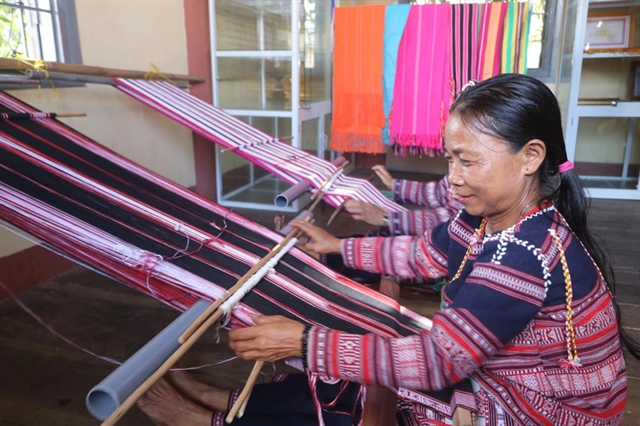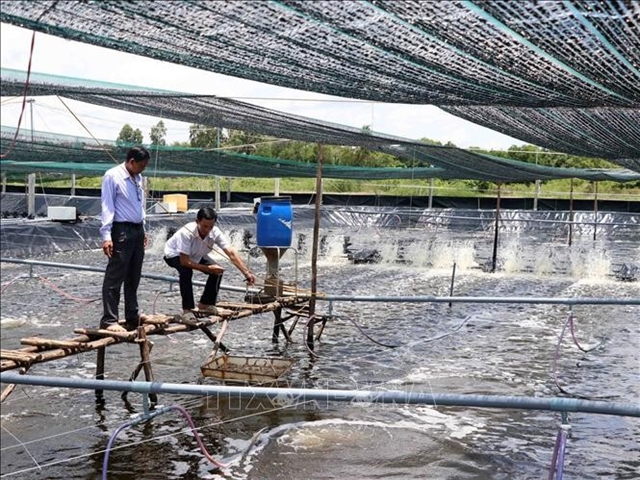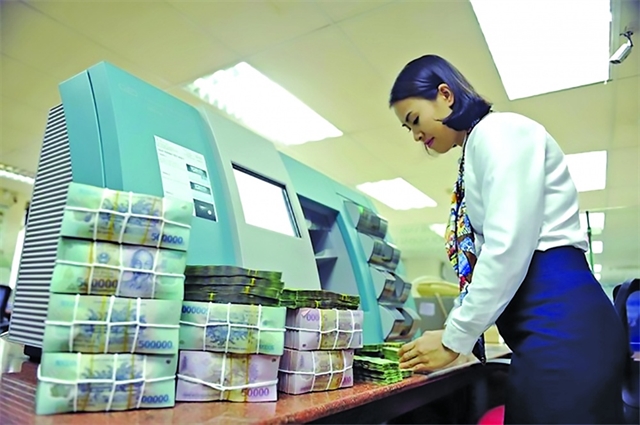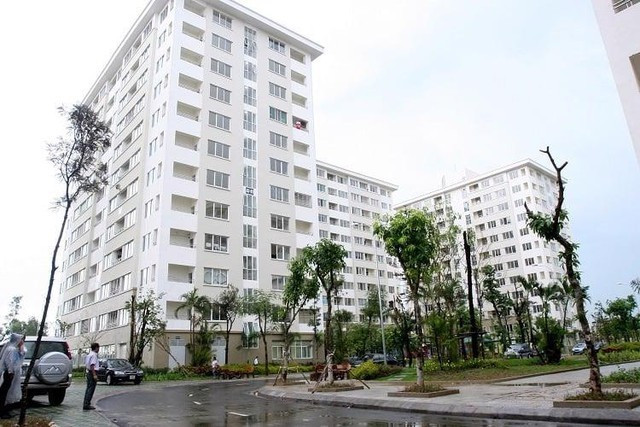 Society
Society

Up to 2.25 million hectares of natural forests in the Central Highlands are not allowed to be open to commercial projects, said Prime Minister Nguyễn Xuân Phúc.
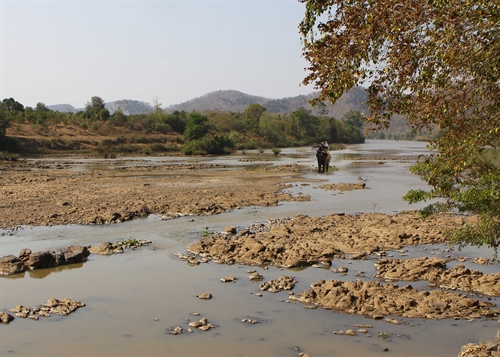 |
| Many rivers in the Central Highlands are drying up. Prime Minister Nguyễn Xuân Phúc urged politicians, the business community and inhabitants to join hands in promoting sustainable forest recovery and development.—VNA/VNS Photo Dương Giang |
ĐẮK LẮK – Commercial projects will be banned on up to 2.25 million hectares of natural forest in the Central Highlands in order to help the trees recover and cope with climate change, Prime Minister Nguyễn Xuân Phúc said yesterday.
The Government leader made his announcement at a conference in Đắk Lắk province’s Buôn Ma Thuột City.
Even thin forests will also not be replaced by industrial tree plantations, he said, explaining that the current rubber, coffee and industrial trees are sufficient.
He called on politicians, the business community and inhabitants to join hands in promoting sustainable forest recovery and development.
The police, procuracy, court and army sectors are urged to join forces in the fight against deforestation.
Facilities processing natural wood must be shut down and forest plantations revamped in a bid to better control virgin forests, he said.
In a parallel effort, the PM ordered a halt to the licencing of hydropower projects involving forest use.
Describing the deforestation of 41 per cent of the total forest coverage in the Central Highlands over the past three decades as an alarming problem, Prime Minister Phúc underlined the need to raise the awareness of all-level Party Committees and authorities of the issue.
The key problem lies with forest ownership, as only four per cent of the total forest area is under the control of households. The rest is managed by organisations and businesses, the leader noted.
He called for more feasible and sustainable solutions in order to reach the target of 59 per cent of forest coverage in the Central Highlands by 2020.
The Central Highlands spans the southern part of the Trường Sơn mountain range. Therefore, forest protection and development in the region is significant to water resources, the environment and socio-economic development of south central and southeastern costal provinces.
The Ministry of Agriculture and Rural Development reported that the total area of forest and land zoned for forestry in the region stood at nearly 3.4 million hectares. The area of forest land decreased 180,000 hectares compared with 2010.
From 2010 and 2014, regional forest reserves dropped from 327.5 million cu.m in 2010 to 270.5 million cu.m in 2015.
In 2015, competent agencies uncovered 6,034 cases of violations of regulations on forest protection and development, up 463 cases against the figure recorded in 2014.
Poverty reduction for Central Highlands
At a working session with the Central Highlands Steering Committee in Đắk Lắk province yesterday, PM Phúc said poverty alleviation remains a main political task for the Central Highlands region.
He asked the region to promote its comparative advantages, especially rich soil and mild climate, and step up economic restructuring, particularly in the agricultural sector.
He suggested regional localities study and propose amendments to their specific mechanisms to serve socio-economic development, promote the regional connectivity to create key products with high economic values, and expand exports to potential markets like Laos and Cambodia.
They were urged to pay more attention to improving their business and investment environment, increasing their competitive indexes, intensifying administrative procedure reform and encouraging start-ups.
The provinces should stay ready to anticipate opportunities to be brought by new free trade agreements such as the Trans-Pacific Partnership (TPP) agreement and the EU-Việt Nam free trade agreement.
Economic development should be coupled with social security, the PM said, noting that Central Highlands localities need to maintain their cultural traditions to make the region attractive to both domestic and foreign tourists.
Central Highlands comprises of Dak Lak, Dak Nong, Lam Dong, Gia Lai, and Kon Tum provinces.
In the first half of this year, long-lasting drought caused a loss of over VNĐ5.4 trillion (US$243 million) for the region’s agricultural production. The export market remained unstable, and export turnover reported a decrease.
However, the region maintained a GRDP growth rate of 6 per cent in comparison with the same period last year.
At the meeting, leaders of regional provinces proposed the Government build a socio-economic and infrastructure development project for the Central Highlands, with sustainable and long-term measures to help the region adapt to climate change.
They also hoped for a particular policy to preserve cultures, languages and handwritings of ethnic minority groups in the region. - VNS

